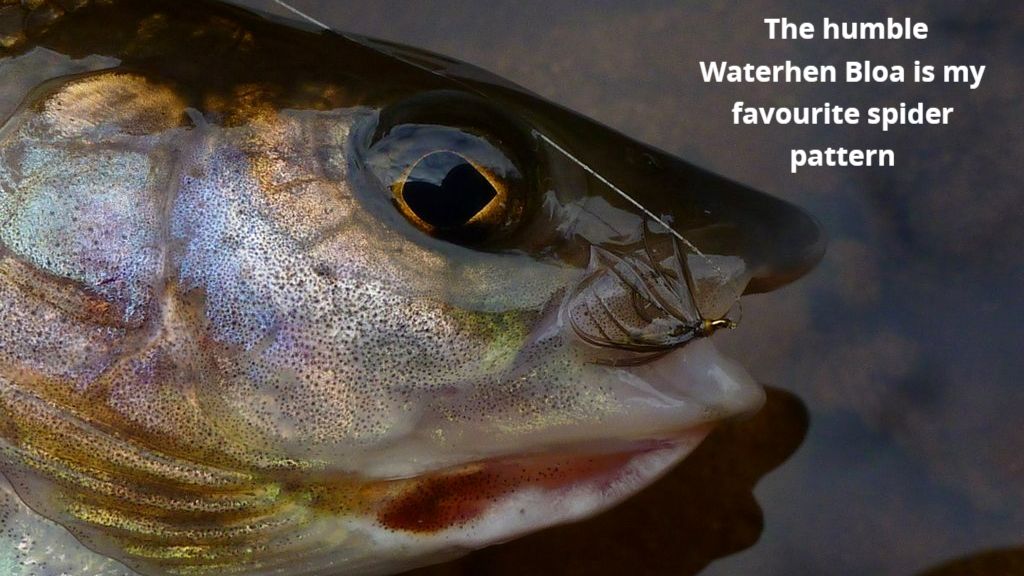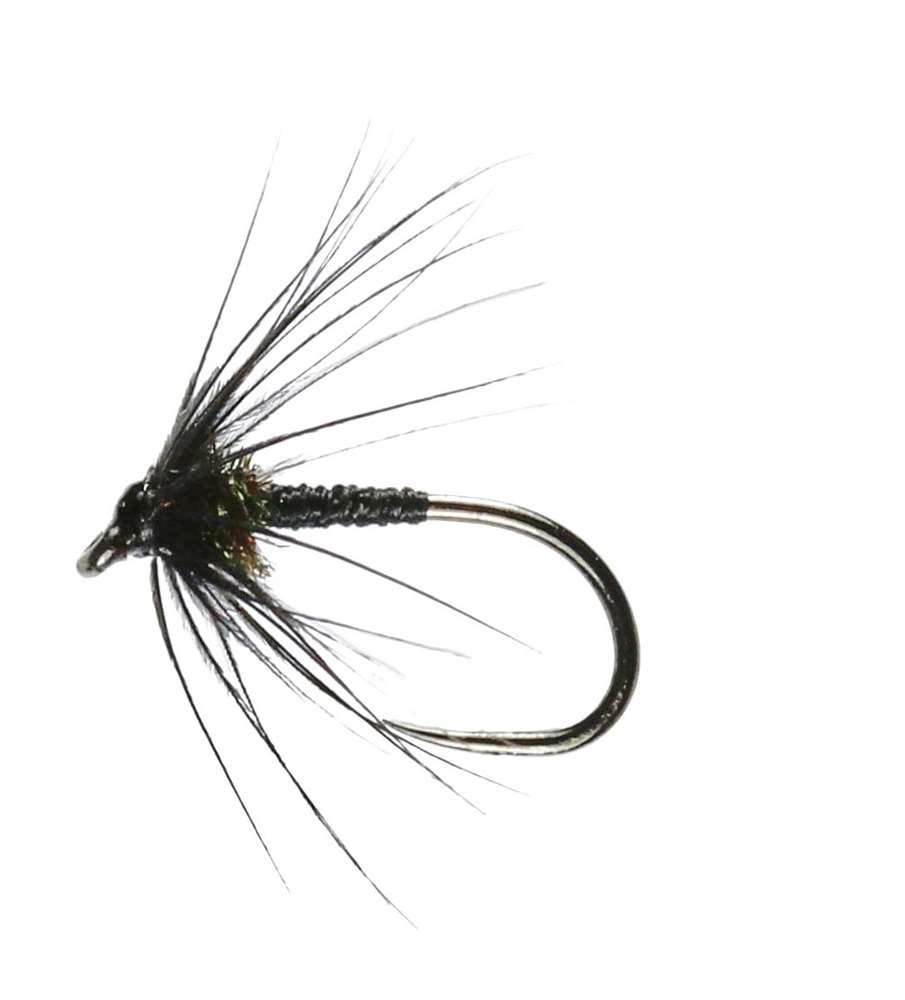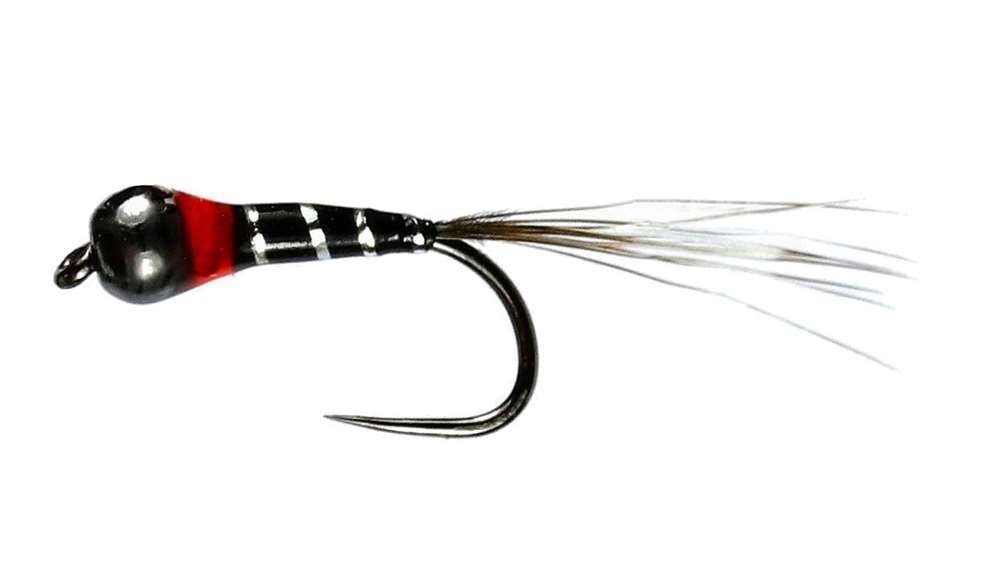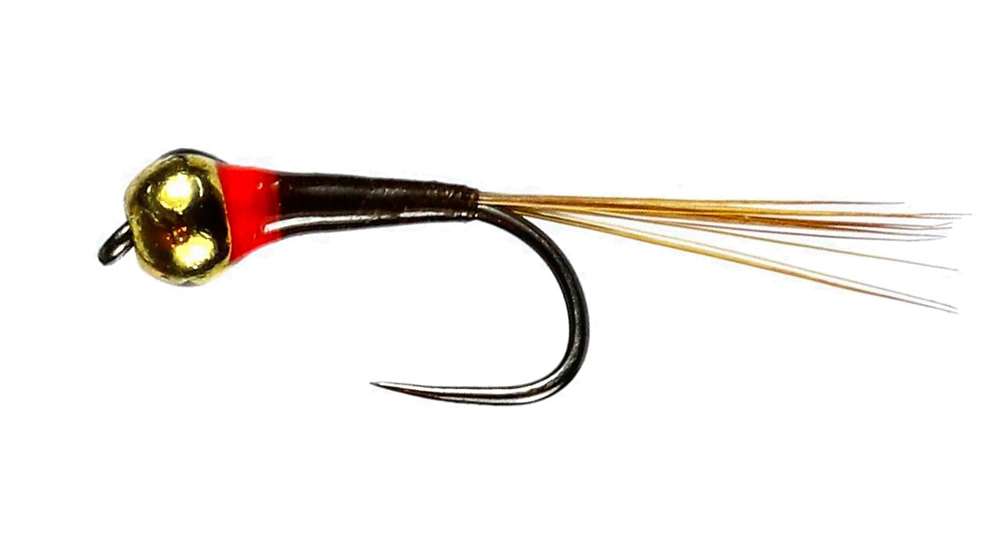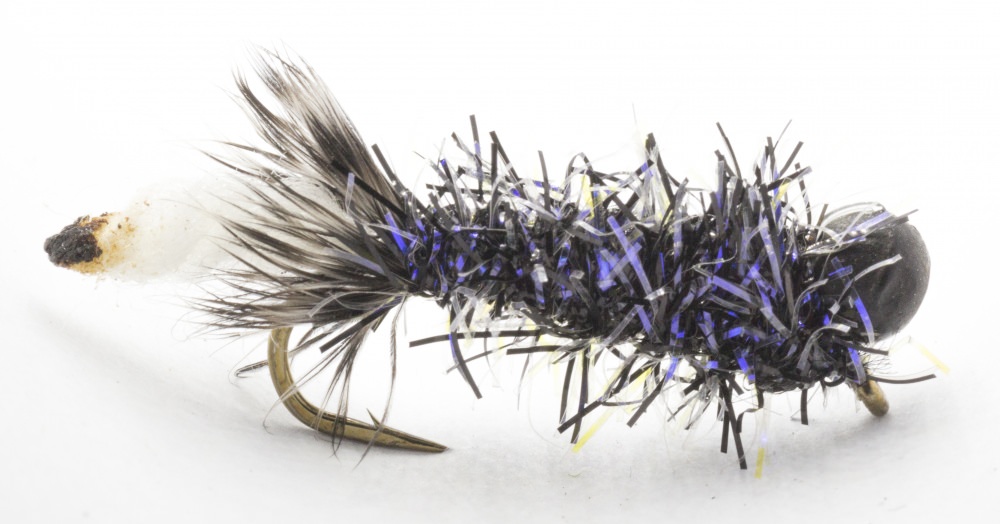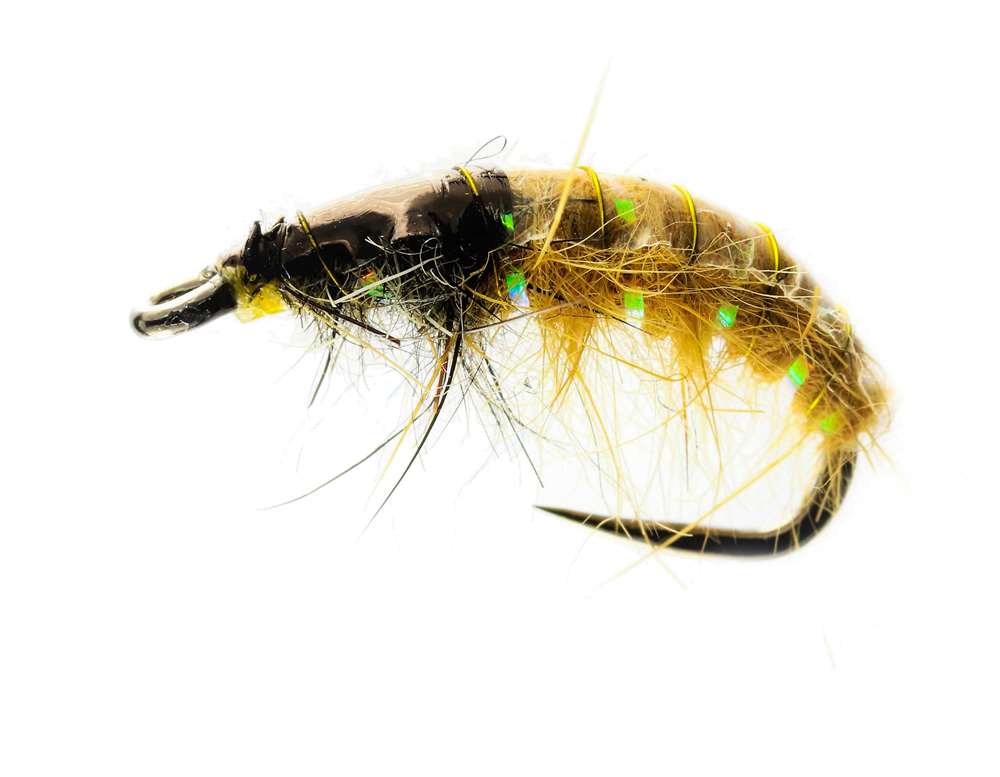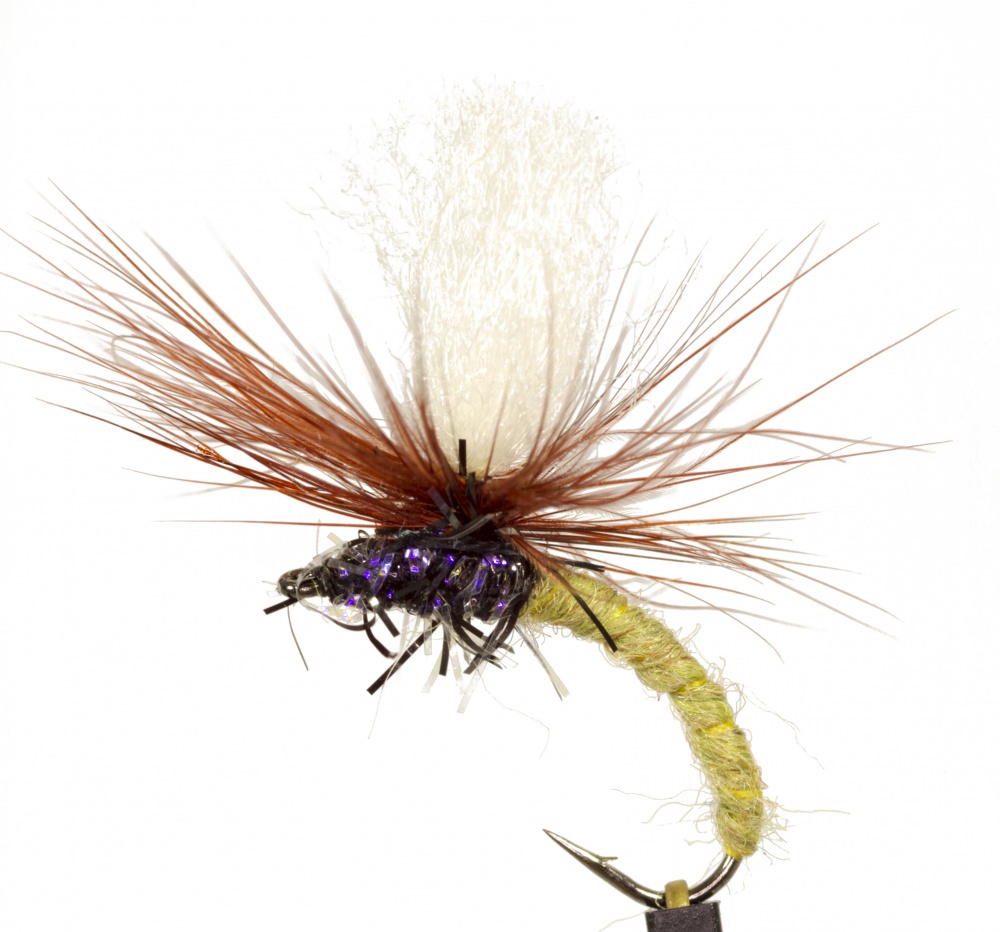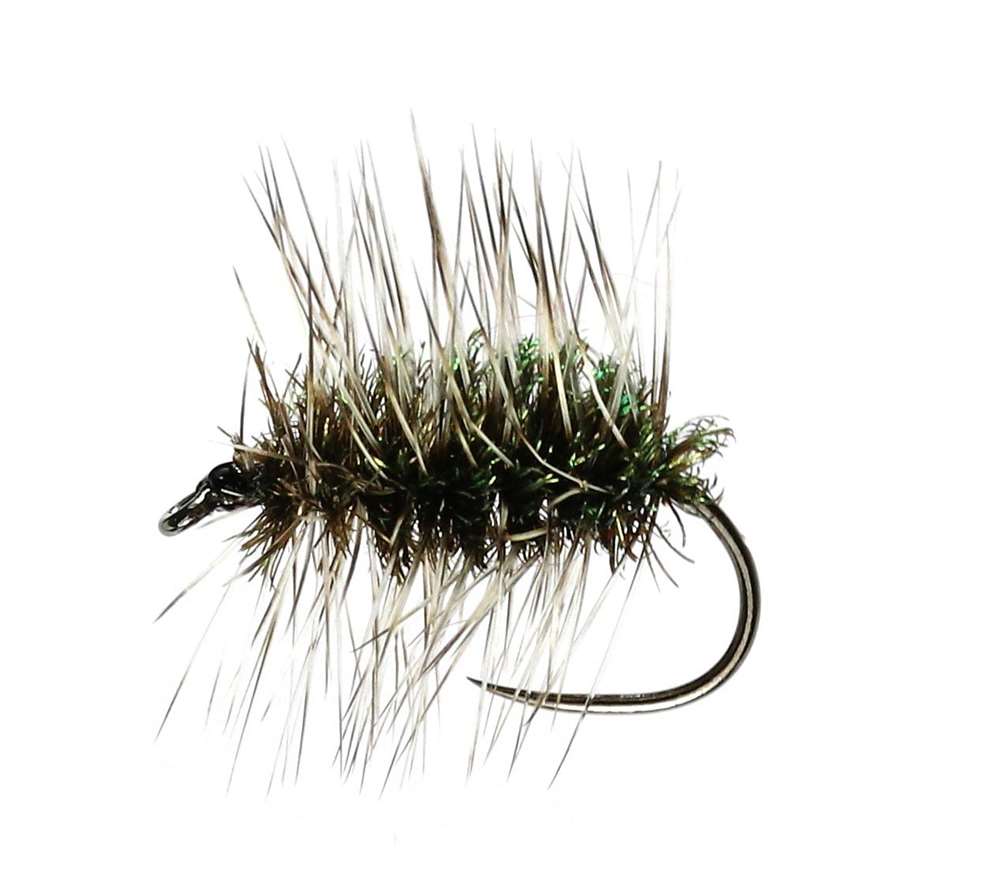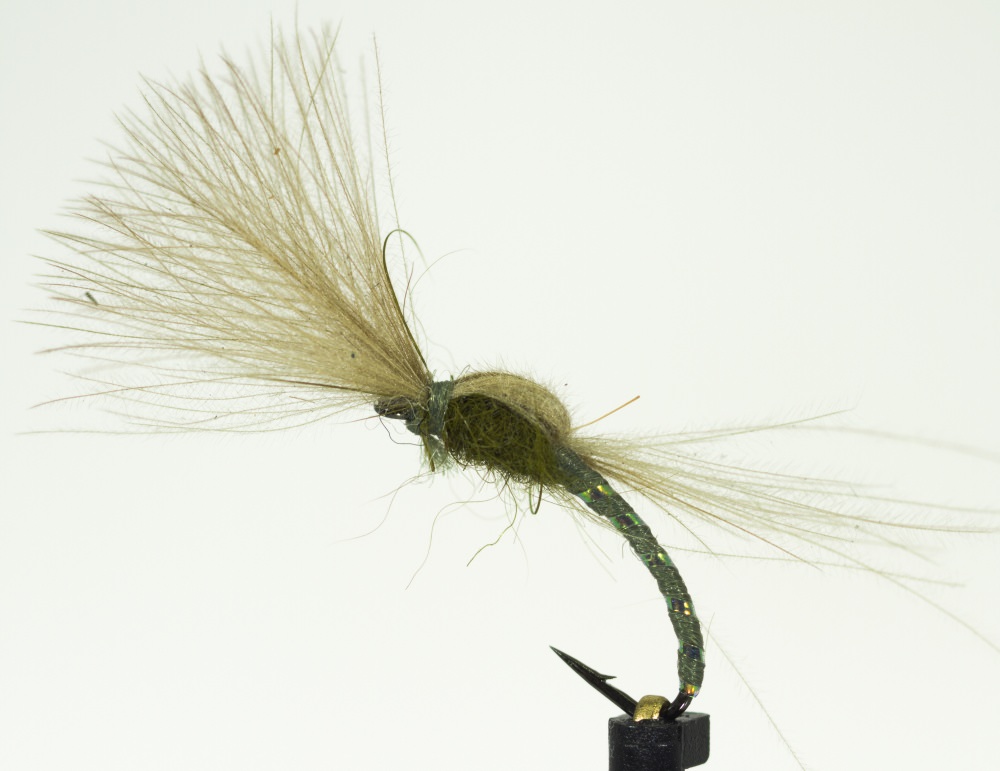Top Ten Grayling Flies!
Top Ten Performers! The grayling season is here and you need these flies. Paul Procter tells us his chosen top ten that are in his box!
I’m often asked what flies are best for grayling. It’s always a tricky question to answer as much depends on where you fish the conditions and of course, what insects might be activity. That said, a quick glance at my fly box reveals more of certain patterns. Here’s what I consider my most important flies for grayling though they are not listed in an order of preference.
1 - Gaga Gammarus
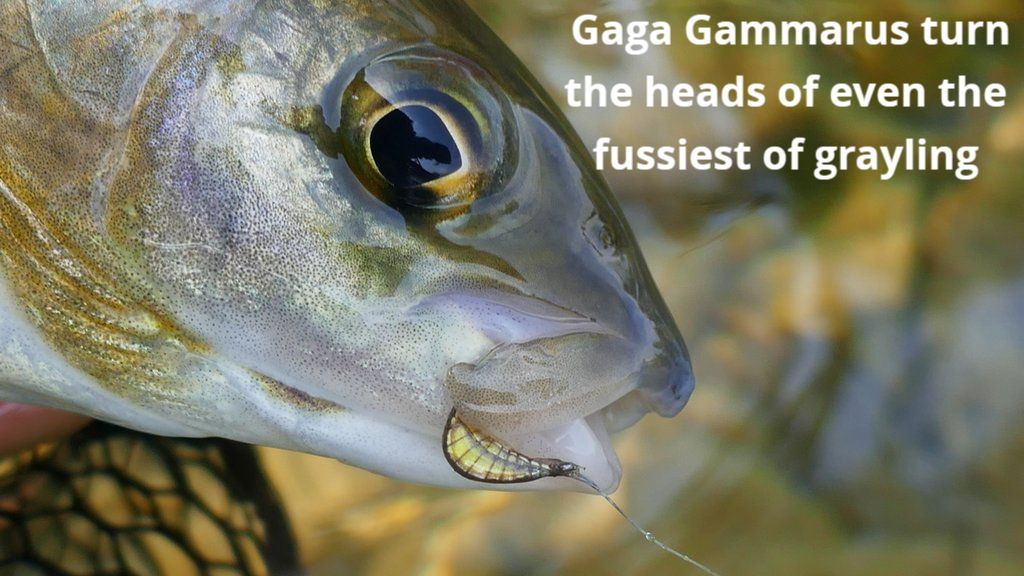 Get Your Gaga Gammarus - Click Here!
Get Your Gaga Gammarus - Click Here!
Gaga shrimps, or gammarus are extremely realistic looking flies that are deadly on all grayling, especially those that seem finnicky. There are several colours of Gaga Gammarus, in different sizes and whilst it’s wise to carry some in 12, 14 & 16, #14 is a good all-rounder. Various colours are available too though beige is certainly one of my favourites as it blends into lots of different substrates found our rivers and streams. Olive is another popular shade too.
2 - Waterhen Bloa
It’s no secret the Waterhen Bloa is by far my favourite spider pattern. In fact it’s fair to say, I virtually have a box full of them! In various sizes they imitate a number of olives we expect to encounter. A size 14 version fits the bill when large dark olives are present throughout the autumn and early winter months. Fished upstream or down and across they’re representative of ascending nymphs, stillborn emergers and winged adults that have drowned, so you have all bases covered!
3 - Black Spider
During winter there are all kinds of black flies that attract grayling, like midges and smuts. A small black spider, or team of three of them fished on the smooth water of a pool tail have often come to my rescue when grayling can be see dimpling on seemingly nothing. On thing here, because of increased surface tension, do remember to degrease your leader so it leaves no tell-tale wake.
Perdigon nymphs are small, delicate nymphs often used for low, clear water situations, or when grayling become choosey. They were developed by competition anglers for winkling out grayling on heavily pressured streams, so certainly have a place in my box. A wee perdigon, or two arranged on a Euro-nymph leader has saved the day when grayling turn their noses up at all else. Get Your Perdigon Nymphs Here!
5 - Olive Perdigon
Olive Perdigon - Buy Here! Another for the Perdigon stable, this unassuming olive dressing is a must in the skinniest of water. I remember first using this nymph on the upper part of many chalkstream where heavier flies and those with bulky dressing simply ‘spooked’ the grayling. Granted, it’s not for heavy water, but is sure to save your bacon where low, clear water exists.
6 - Peeping Caddis
Cased caddis are a vital food source for grayling through winter. It’s over these months that the caddis grow and develop. Obviously they construct protective shelters (cases) out of tiny stones, grit, twigs and other debris. During floods and high water these cased caddis are often dislodged and it’s now that grayling benefit. The peeping caddis is an extremely heavy pattern that will get down to the streambed where it matters in such conditions. I prefer the darker shades, but that’s only because they blend into the river bed of my local streams. Get Your Peeping Caddis Here!
Czech nymphs are in essence a generic flies that are suggest of the caseless caddis and to some extend freshwater shrimps which populate most rivers. They are designed to be robust and sink extremely fast. A team of two, or three of flies arranged some 18 inches apart on a 10fft leader, or Euro nymphing leader will probe the deepest pools and fastest water. Buy Czech Nymphs Here!
Hans van Klinken pulled off a master stroke when he devised the Klinkhammer Special some 25 years ago I believe. Like all dressings, it can be tinkered with. But in essence this is a large fly on a curved hook, so the body sits subsurface, making it easier for grayling to latch on. For me, it’s very effective when little shows at the surface and has the ability to pull grayling from literally nowhere. Kliller Klinkhammer Here!
9 - Griffiths Gnat
The Griffiths Gnat comes into its own during autumn when grayling look to small food morsels on smooth water. It’s particularly effective when autumn storms knock leaves off trees, dislodging smuts, aphids and midge that drop to water. A size 18 gnat presented on a long leader is a must now. Griffiths Gant - Buy Them Here!
10 - Olive Emerger
One of our more common upwing species the Large dark olive often emerges during the cooler months. Whilst we look to them in spring when trout fishing, a second brood of them in October, November and even early December has grayling looking to the surface in no time. If you see them then this emerger should have you in business. Buy Me - Click Here!




